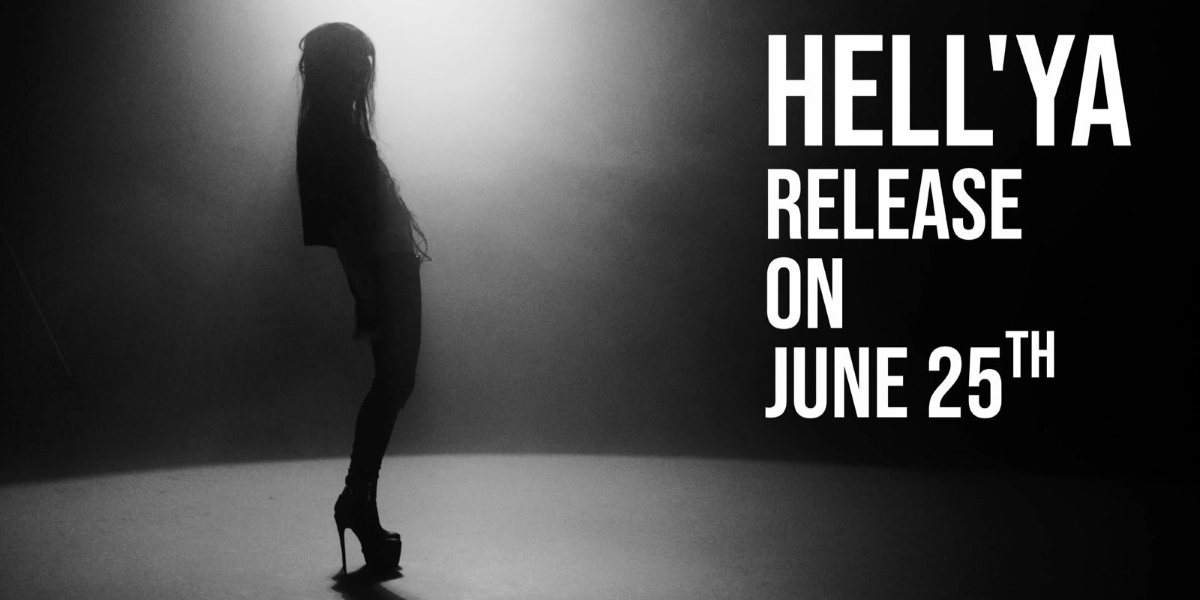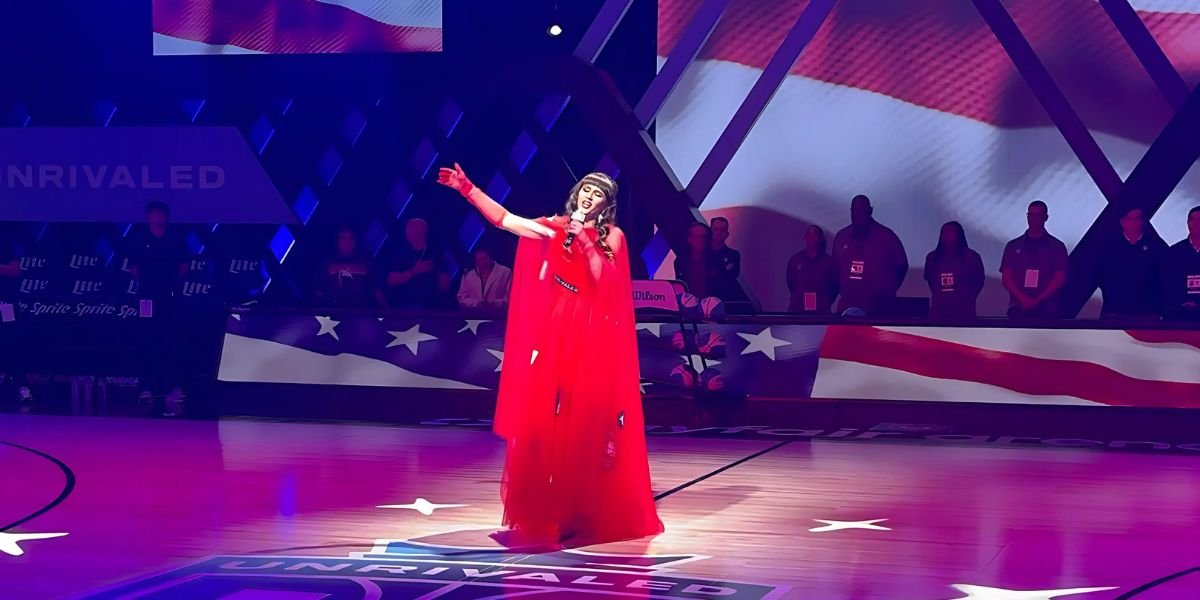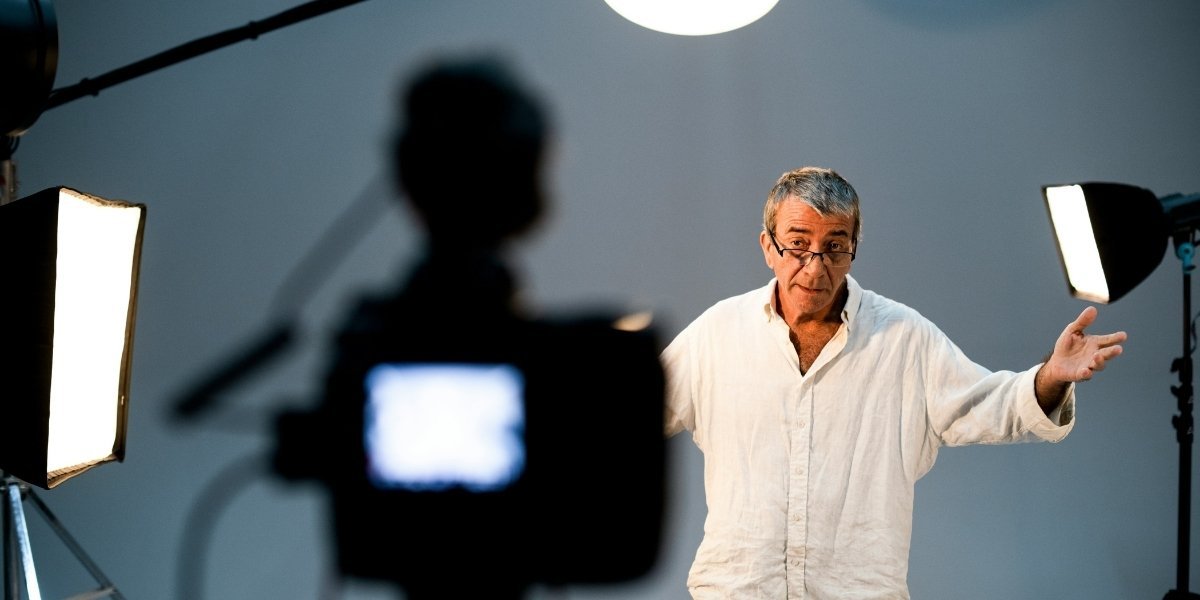Behind the Scenes of Popular Movies & Shows: The Art of Filmmaking and Television Production
Every blockbuster movie or hit television show you watch involves a complex, creative process that goes far beyond what’s seen on screen. From the conceptualization to the final cut, the production of movies and shows is an intricate blend of artistic vision, technical expertise, and teamwork. The magic of cinema and television is not just about actors delivering lines or eye-catching special effects – it’s the entire collaborative process that brings stories to life.
In this article, we will take you behind the scenes of some of the most popular movies and shows, unveiling the secrets, challenges, and triumphs of the filmmaking and television production process. By exploring the roles of various crew members, the planning involved, and the creative decisions made, you’ll gain a deeper appreciation for the hard work that goes into creating the entertainment we all love.
Read Also: Beyond the Box Office: How the High Grossing Films Achieve Monumental Success
The Filmmaking Process: From Script to Screen
Creating a movie or TV show is a multi-phase journey that can take years to complete. Each stage of production contributes to the final product, and every step requires a vast amount of talent and coordination from various departments.
1. Pre-Production: Laying the Foundation
Pre-production is the initial phase of filmmaking and television production. This is where the groundwork is laid, involving a multitude of decisions that will influence the entire project.
Key Steps in Pre-Production:
-
Scriptwriting: The process begins with creating a story, crafting characters, and writing a script that will guide the entire production. A strong script serves as the backbone for any project, whether it’s a big-budget blockbuster or an indie film.
-
Casting: Choosing the right actors is crucial. In this stage, directors and producers hold auditions to find the best fit for each role. Casting can make or break a film or show, as the actors’ performances are vital to its success.
-
Location Scouting: Filming locations are selected based on the vision of the director. Whether it’s a cityscape, natural landscape, or specially built set, the location plays a key role in establishing the atmosphere of the project.
-
Budgeting and Scheduling: Budgeting the project and creating a filming schedule helps manage time and resources efficiently. This phase ensures that everyone knows what’s expected of them and that costs stay within the allotted range.
Key Players in Pre-Production:
-
Director: The director is the creative visionary behind the project, overseeing all aspects of the film or show, from casting to the final cut.
-
Producers: Producers manage the logistics of the project, from financing to scheduling. They are key to keeping the production on track and within budget.
-
Production Designer: This person is responsible for the visual style and design of the sets, props, and locations.
2. Production: Lights, Camera, Action!
Once pre-production is complete, the production phase begins. This is when the film or show is actually shot, and all the hard work in planning comes to life on screen.
Key Elements of Production:
-
Filming: The director, actors, and crew work together to shoot scenes. Multiple takes are often required for the best performance, and directors may work with actors to bring out specific emotions or actions.
-
Cinematography: Cinematographers (or Directors of Photography) capture the visual elements of the film. This includes choosing camera angles, lighting, and framing to create the intended aesthetic.
-
Sound Recording: On-set sound engineers record dialogue, ambient noise, and other sound effects. Many films also rely on additional sound recording done in post-production.
-
Makeup, Hair, and Wardrobe: The hair and makeup artists, along with costume designers, bring characters to life, ensuring their appearance aligns with the script, setting, and tone of the story.
Key Players in Production:
-
Cinematographer: The cinematographer oversees the visual aspects of the production, deciding how to shoot each scene to achieve the desired aesthetic.
-
Sound Designers: These professionals ensure that the sounds, from dialogue to music and sound effects, are captured and will complement the visuals during editing.
-
Set Designers and Wardrobe Stylists: These experts are responsible for creating the physical look of the production, from the sets to the clothing the actors wear, which helps build the world of the film.
3. Post-Production: The Magic Happens
Once filming is completed, post-production begins. This phase is where the film or show is shaped into its final form. Editing, visual effects, and sound mixing all come together to create the polished finished product that you see on screen.
Key Steps in Post-Production:
-
Editing: Editors assemble the filmed footage, cutting out unnecessary scenes, arranging clips in a specific sequence, and pacing the story to maintain interest. This is also when the director’s vision is solidified.
-
Visual Effects (VFX): For many films, especially action and sci-fi, visual effects are used to create environments, creatures, or action sequences that can’t be filmed in the real world. VFX artists work to seamlessly integrate computer-generated images (CGI) with live-action footage.
-
Sound Mixing: The sound editor enhances the audio of the film, adding in music, sound effects, and dialogue to ensure clarity and emotional impact.
-
Color Grading: Color grading is the process of adjusting the color and brightness of the footage to achieve a specific look or mood. This step can give the film a distinctive visual style.
Key Players in Post-Production:
-
Editor: The editor works with the director to cut the film into its final version, determining pacing and flow.
-
Sound Engineer: Sound engineers mix all the audio elements of the production, including dialogue, music, and sound effects.
-
Visual Effects (VFX) Artists: VFX artists create computer-generated images that enhance or augment what was filmed.
Popular Movies and Shows: Behind the Scenes
1. The Lord of the Rings Trilogy
One of the most iconic film series of all time, Peter Jackson’s The Lord of the Rings trilogy required years of planning, thousands of special effects, and meticulous attention to detail. The films took over 400 days to shoot across multiple New Zealand locations, and post-production lasted several years to complete the intricate visual effects that brought the Middle-earth world to life.
Behind the Scenes:
-
Set Design: The filmmakers built full-scale replicas of famous locations from the books, including Hobbiton and Minas Tirith.
-
Special Effects: Weta Digital, the visual effects company, used innovative techniques to create the film’s epic battle scenes and fantastical creatures like Gollum.
-
Casting: The casting of Elijah Wood as Frodo and Ian McKellen as Gandalf was pivotal, as both actors embodied the characters’ personalities and relationships.
2. Stranger Things
The hit Netflix show Stranger Things blends 80s nostalgia with supernatural thrills, but it’s the meticulous production that makes it so beloved. The Duffer Brothers created a unique world that was filmed in various locations, with extensive use of special effects and practical makeup.
Behind the Scenes:
-
Set Design: The “Upside Down,” the eerie alternate dimension, required cutting-edge VFX to make it visually distinct from the real world.
-
Soundtrack: The show’s 80s-inspired soundtrack plays a significant role in setting the tone, with the synthesizer-heavy score contributing to the show’s retro aesthetic.
-
Acting: The performances of the young cast, including Millie Bobby Brown and Finn Wolfhard, were crucial to the success of the series, with many of the actors coming from relative obscurity.
3. Black Panther
Marvel’s Black Panther broke barriers in both storytelling and representation, becoming a cultural phenomenon. From its detailed depiction of Wakanda to the groundbreaking costume designs, Black Panther demonstrated how a film can blend African heritage with superhero action.
Behind the Scenes:
-
Costume Design: The film’s costume designer, Ruth Carter, crafted designs that incorporated traditional African textiles and symbols while creating futuristic looks for the characters.
-
Cultural Consultation: The filmmakers worked closely with African historians, artists, and cultural consultants to ensure that Wakanda’s representation was authentic and respectful.
-
Visual Effects: Extensive VFX was used to create the stunning landscapes of Wakanda and the high-tech technology that was central to the story.
Read Also: The Art of Concise Storytelling: Exploring the Power and Potential of Short Films
The Collaborative Magic Behind Movies and Shows
Behind every great film or television show is a team of skilled professionals who work together to turn a script into a living, breathing story. The intricate process of filmmaking—from the script to the final cut—involves the work of countless individuals, each bringing their unique expertise to the table. Whether it’s designing elaborate costumes, capturing breathtaking cinematography, or editing together the perfect sequence, every step of production is essential to creating the entertainment we enjoy on screen.
By understanding the complexities of this creative process, we can better appreciate the artistry, dedication, and teamwork that goes into the making of our favorite movies and shows. Each scene, each line, and each moment on screen is the result of hours of hard work, careful planning, and collaboration between many talented individuals.








